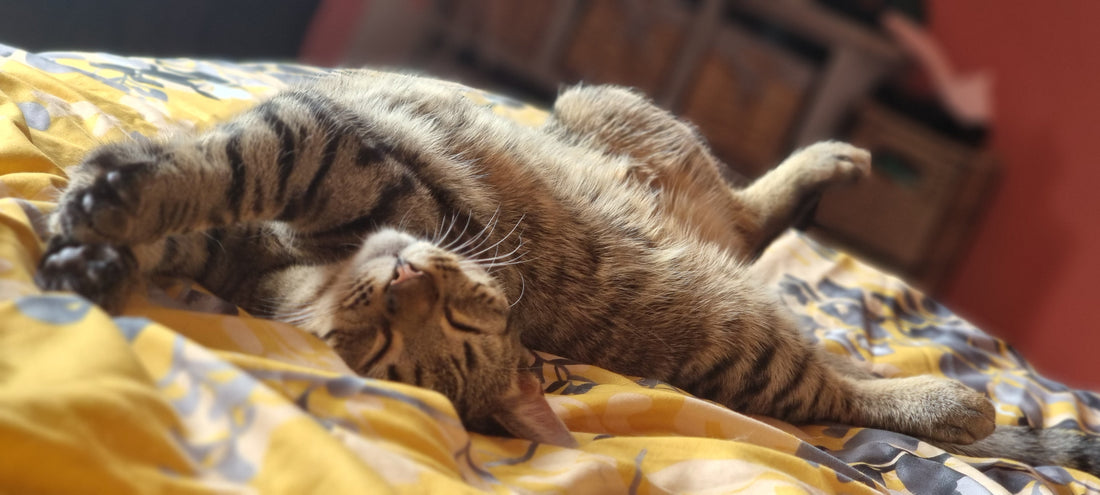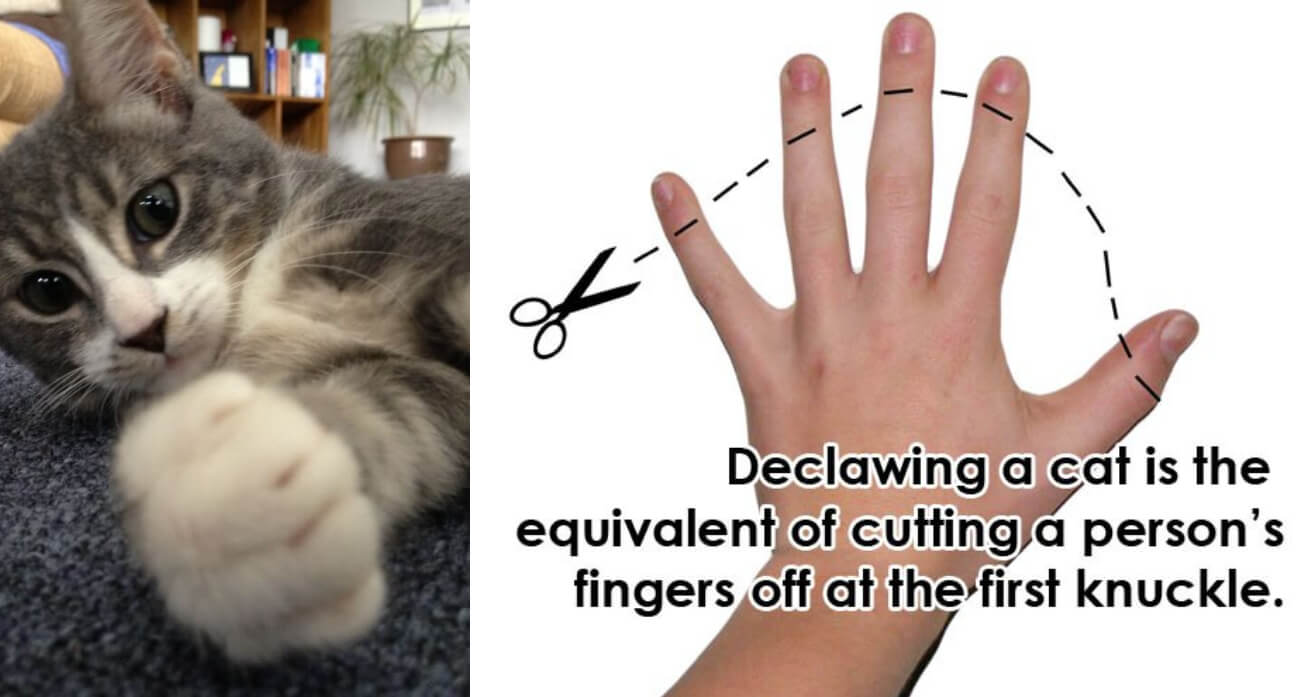
Are People Who Declaw Their Cats Cruel, or Is It Sometimes Necessary?
Share
As dedicated cat lovers and owners, many of us have pondered the contentious issue of declawing cats. It’s a topic that stirs strong opinions and heartfelt debates. If you’re wondering whether declawing is inherently cruel or if there are instances where it might be necessary, you’re not alone. Today, we’ll explore this complex subject in depth, sharing insights, examples, and practical advice to help you make informed decisions — especially with our cats in mind, like my Kyro and Cleo. I would never declaw them, but understanding the full picture is essential for responsible pet ownership.

Snoozing Kyro [Image by Hadinet Tekie]
Understanding Declawing: What Is It and Why Do Some Pet Owners Consider It?
Declawing is a surgical procedure that involves removing the claws and the last bone of each toe in a cat’s paws. It’s often performed to prevent scratching furniture or to eliminate scratching altogether. While it might seem like a straightforward solution for some owners, the procedure is highly controversial and can have significant long-term effects on a cat’s health and behaviour.
- Imagine a beloved cat, scratching your favourite sofa. For some, declawing might seem like an easy fix to preserve household furniture.
- Alternatively, consider a cat who loves scratching posts and pawing at trees. For cats, declawing would be akin to removing part of their natural behaviour and physical structure.

Declawing example [Image by PETA]
The Ethical Dilemma: Is Declawing Cruel or Sometimes Necessary?
The core question is whether declawing is inherently cruel or if there are scenarios where it might be justified.
Is Declawing Cruel?
Many animal welfare organisations, including the RSPCA and the Humane Society, consider declawing to be inhumane. They argue that:
- It’s a painful procedure that causes physical and psychological suffering.
- It results in long-term health issues, such as pain, lameness, or behavioural problems.
- It deprives cats of their natural scratching instinct, which is vital for their mental and physical well-being.

Aftermath of a poor cat being declawed as a kitten [Image by Newsweek]
When Might Declawing Be Considered Necessary?
However, some circumstances might warrant a more nuanced discussion:
- Medical reasons: If a cat has a severe injury, infection, or health condition affecting the claws that cannot be managed otherwise.
- Safety concerns: In rare cases, when a cat’s scratching poses serious risks, such as in environments with immunocompromised individuals or specific occupational settings.
It’s crucial to note that most veterinarians and animal advocates recommend alternative solutions before considering declawing.
Alternatives to Declawing: Keeping Your Cats Happy and Healthy
Instead of declawing, many effective strategies allow cats to express their natural behaviours without damaging furniture or causing harm.
Examples and Illustrations
- Provide scratching posts and pads. Cats like Kyro and Cleo love scratching tall posts covered in sisal. (Paid Ad)
- Regular nail trims. Keeping claws trimmed reduces damage and discomfort. (Paid Ad)
- Use of nail caps. Soft caps glued over claws can prevent scratching while letting cats keep their claws. (Paid Ad)
- Environmental enrichment. Toys, climbing trees, and interactive play keep cats engaged and less likely to scratch out of boredom. (Paid Ad)
I would never declaw them, because I believe in compassionate care and respecting their instincts.

Healthy nails. Happy cat. [Image by Four Paws]
FAQs: Your Burning Questions About Declawing
Q: Is declawing legal everywhere?
A: No. Many countries and states have banned or heavily restricted declawing due to concerns for animal welfare.
Q: Will declawing hurt my cat?
A: Yes, it’s a painful procedure, often performed without adequate anaesthesia in some regions, leading to suffering.
Q: Are there behavioural changes after declawing?
A: Many cats develop behavioural issues, such as aggression or litter box avoidance, due to pain or trauma.
Q: Can I train my cat not to scratch?
A: Absolutely. Positive reinforcement and providing suitable scratching outlets are effective methods.
Deciding whether to declaw your cat is a deeply personal and ethical choice. From my perspective, I would never declaw them — Kyro and Cleo are cherished members of my family, and I prefer humane alternatives that respect their natural behaviours.
While declawing may seem like a quick fix, it often causes more harm than good, leading to pain, health problems, and behavioural issues. For responsible cat ownership, understanding and implementing behavioural management techniques is the best approach.

Love your cat. Claws included. [Image by Reddit]
For fellow cat lovers and owners, the takeaway is clear: Prioritise your cat’s physical and emotional well-being. If you’re ever unsure, consult with a veterinarian who advocates for humane, non-invasive solutions.
Warm Disclaimer: Please remember that the thoughts, experiences, and advice shared in this article are based on my journey as a cat owner with Kyro and Cleo in our London home. Every cat is an individual with unique preferences and a distinct personality. What worked wonders for my two might need some tweaking for your furry companions. Always observe your cat's behaviour, be patient, and consult with a veterinarian or a certified cat behaviourist if you're facing significant challenges or have concerns about your cat's health or behaviour.

